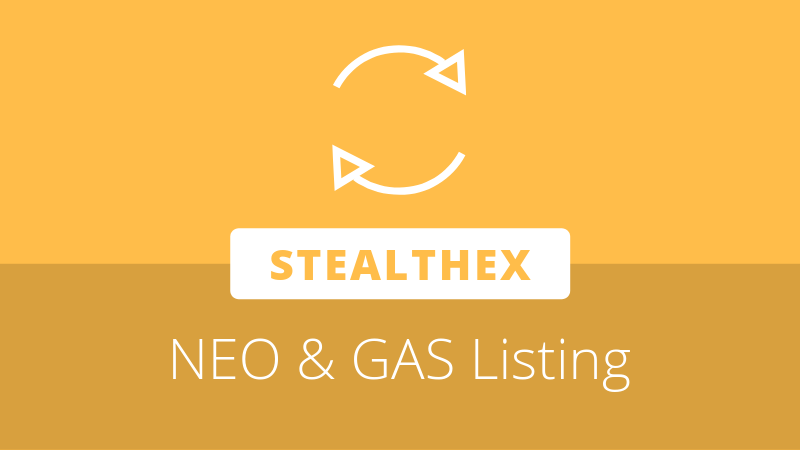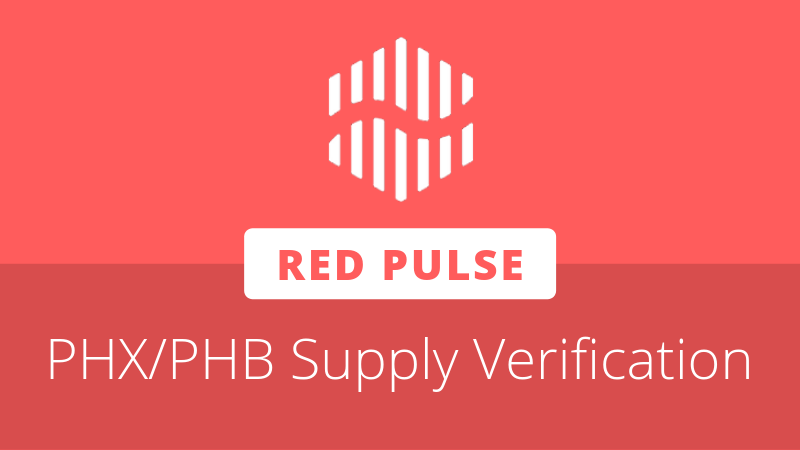
NEO has been successfully updated to the latest version of the neo-cli node software, v2.10.2. The update includes several improvements designed to improve the stability of the NEO blockchain and is the first version to implement the optimized dBFT 2.0 consensus mechanism.
NEO Global Development announced the upcoming MainNet upgrade on May 29th, which was scheduled for 9:00 am (GMT) on June 3rd. The upgrade process continued as planned, with all MainNet nodes now updated to neo-cli v2.10.2.
Key Changes
The most notable change is the update to dBFT 2.0, designed to improve the reliability and stability of NEO’s consensus mechanism. This update includes an additional phase of the consensus algorithm, designed to prevent the block fork issue, and a regeneration strategy for recovering faulty or disconnected consensus nodes.
Although the changes have not modified NEO’s block time or size at this time, they are expected to make block production more consistent and reduce the frequency of delays caused by node failures. Preventing the block fork issue also helps ensure that RPC nodes remain in sync with the blockchain, which should improve the user experience for light wallet users.
More information on dBFT 2.0 may be found in the community yellow paper.
Network Fees
The network fee mechanism has also been changed in v2.10.2, which more clearly defines how transaction priority and fees are calculated.
Transactions smaller than 1024 bytes with a network fee below 0.001 GAS are considered low priority, and may only be included in a limited number of free transaction slots per block (20).
All transactions may become a high priority transaction by attaching a network fee of 0.001 GAS or higher, which gives them priority in the mempool sorting mechanism. Up to 499 high priority transactions are allowed to be included per block.
Transactions larger than 1024 bytes require a 0.001 GAS base network fee, plus 0.00001 GAS per byte over 1024. Users sending UTXO-based assets such as NEO or GAS may wish to combine their UTXOs to ensure transaction sizes remain under the 1024 byte threshold.
UTXOs may be combined manually by sending a small quantity the relevant asset to the same address. This process can be simplified via the O3 Wallet, which includes a UTXO Manager for this purpose. Instructions on using the UTXO Manager may be found here.







About The Author: Brett Rhodes
Brett is a blockchain enthusiast and freelance writer who originally began producing content for the gaming & eSports industries. Now he spends most of his time contributing in the Neo ecosystem.
More posts by Brett Rhodes